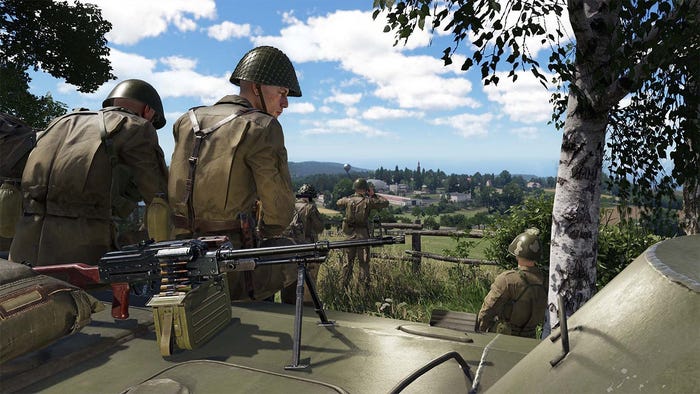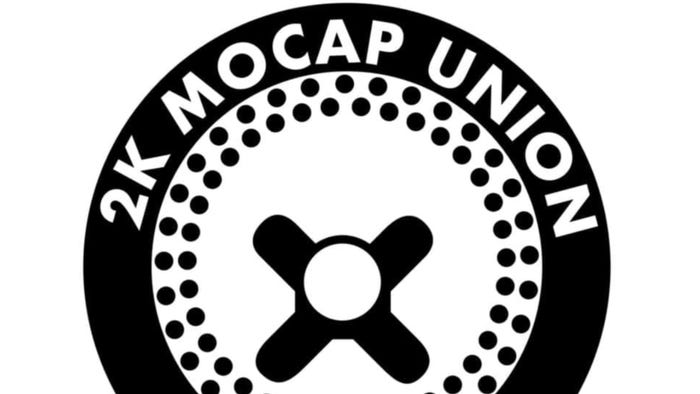
Featured Blog | This community-written post highlights the best of what the game industry has to offer. Read more like it on the Game Developer Blogs or learn how to Submit Your Own Blog Post
How to make a hit indie Metroidvania: the lowdown!
Or at least, this is how Haiku The Robot did it.

[The GameDiscoverCo game discovery newsletter is written by ‘how people find your game’ expert & company founder Simon Carless, and is a regular look at how people discover and buy video games in the 2020s.]
Hey folks - we’re back, and it’s apparently Tuesday July 5th. (Sorry we forgot to tell you that we were off Monday for that ‘getting rid of the British’ holiday that confuses me, as a Brit marooned in America. :P)
Making a hit Metroidvania: lessons from Haiku?
When talking to clients, we often mention that the Metroidvania genre can be a good one, especially for small teams. Competition is fierce. But we think players who like the subgenre are happy to buy and try multiple contrasting games in it, yearly.
So we dug the success of Haiku The Robot from solo dev Jordan Morris, which launched on April 28th. According to our GameDiscoverCo Plus data, it was the 29th most popular new Steam game for April, ranked by ‘# of reviews in Week 1’, and is 22nd if ranking by ‘lifetime reviews’. (It also converted ‘Hype’ at 3x what we predicted!)
We spotted a YouTube version of Jordan’s talk at a recent GameDev Estonia organized event, and reached out to him for extra context. Overall, the game launched with 37,000 Steam wishlists and sold around 15,000 copies in the first six weeks. For a solo indie, that’s great. (50-100k lifetime units sold should be doable!)
So what are some of the top things that Jordan did right? We reckon it’s the following:
Built up initial community via a Kickstarter: We can be a little mixed on whether to crowdfund, due to amount of updates and maintenance - and sometimes rewards - you have to give backers. But Jordan’s UKP 30,000 Kickstarter clearly helped orientate him correctly & boosted initial fan interest.
Find your niche and develop community around it: Jordan explained: “Hollow Knight is one of the most popular Metroidvanias of recent times so I decided to spend like a lot of effort to [reach] that community”, including both fans and streamers.
Be incredibly active & responsive to your fanbase: he noted in the talk:“Your community is fantastic, especially early on… you can send early builds out to fans and they’ll give you feedback and ideas. It also helped me with motivation a lot because if you are working alone, it's almost like a support group that's like keeping you afloat.”
Plan your launch around a marketing ‘high’: this one’s clever - “I tried to plan my launch day around a Steam event called “Going Rogue”, which was specifically targeted towards roguelites and roguelikes, Metroidvanias and Souls-likes.” Smart idea to launch Haiku just before its inclusion in that.
Look - with these success stories, there’s a danger that you just list the things that everyone (who is smart!) ends up doing. So it can dangerously devolve to: ‘right game & right subgenre & right market/execution = success… if you are lucky!’
But on a higher level, it’s about ‘hook’, and executing on the promise you show in that hook. And I actually asked Jordan - who is a regular GameDiscoverCo newsletter reader - directly what he thought the game’s hook was.

His self-evaluation of Haiku The Robot’s strong points seemed quite self-aware - though intriguingly visual focused - and we’re reprinting in full. Here’s what he said:
“The game has a strong visual art style. Almost Game Boy-esque. The simple colored backgrounds provide a good contrast between the player and foreground elements which focuses peoples attention on the most important parts of the game. You know immediately what to look at (and this also helps with gameplay).
The different color palettes stands out as well. The warm orange palette especially draws people in and a lot of the people instantly remember my game when they see this orange color in a screenshot/GIF. The colors also compliment the cute yet creepy aesthetic of the game.
Lastly, the game doesn’t deviate from the standard Metroidvania formula and uses well-known mechanics/tropes - people can easily relate it to other games that they’ve played. And since it’s my first game, I thought it was more important to focus on getting the basics absolutely right, rather than making something new that people haven’t seen before. Plus, the general concept of a post-apocalyptic world inhabited by machines is something that most people can easily understand and visualize.”
So though Jordan’s conclusion was that “familiarity, nostalgia, and visual clarity helped sell the game” - which we agree with. I’d also add that the game has quite a lot of implied depth through its map and item screens.
And Haiku is just really well executed as a game. It has 93% Positive reviews, our of its 771 total. (The only negative reviews come from it maybe being a bit too close to Hollow Knight, gameplay and unlock-wise.)
As a bonus, the Games Estonia talk includes slides with annotated Steam wishlist graphs (we love those!), so we’ll reprint those to end. First, here’s early wishlist spikes:

(The ‘top 10 upcoming’ video was a YouTube one rounding up Metroidvanias.)
Secondly, here’s the wishlists in the 9 months or so before release, annotated:

(Seems like Tiny Teams was great, and interesting to note the 9gag spike.)
And finally, we get to see the wishlists immediately before and after Haiku The Robot’s release, which is a useful view, too:

(Great to see a marketing ‘beat’ with a release date reveal.)
[We’re GameDiscoverCo, an agency based around one simple issue: how do players find, buy and enjoy your premium PC or console game? We run the newsletter you’re reading, and provide consulting services for publishers, funds, and other smart game industry folks.]
Read more about:
Featured BlogsAbout the Author
You May Also Like









